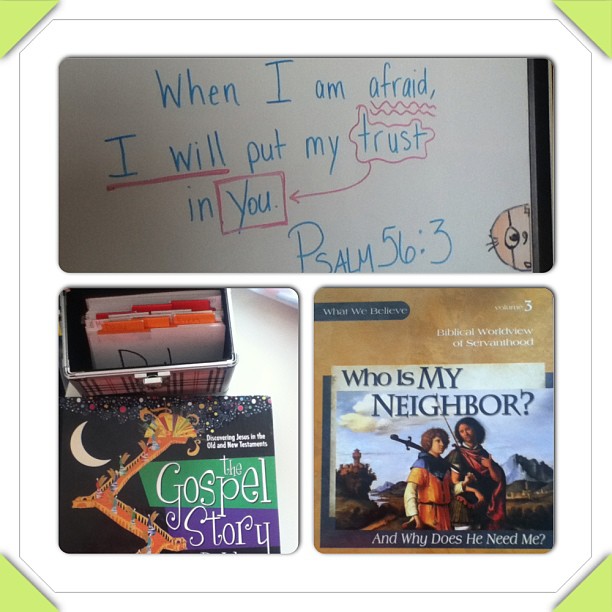

I tend to be kind of A.D.D. with homeschool sometimes. I’m a little bit like Dory, swimming along in one direction and then–Look, birds!
I mean, here we are in the middle of winter and I’m thinking about a Texas birds unit study (which people often study in the Spring right?)
I just shrug and say “It’s all good.” I’ve come to accept that there is sometimes no method to my madness.
Besides, I love birds. I love cardinals. And hummingbirds. And painted buntings. We have recently discovered a broad-winged hawk living on our property and I think it’s pretty cool.
At any rate, I was talking with a friend about birds and migration and that led to wondering about which birds live in Texas year round and which birds don’t and,… next thing you know I was googling it because THAT’S WHAT I DO.
Lo and behold, the Texas Parks and Wildlife organization has already done the heavy lifting here with some *seriously amazing* .pdf downloads. These are really good, I’m impressed! And I had to share. (Because I do that, too.)
1.) Migration and the Migratory Birds of Texas
Here’s a fun little bit of info:
Of the 338 species that are listed as Nearctic-Neotropical migrants in North America (north of Mexico), 333 of them (or 98.5%) have been recorded in Texas. This means that of the 615 species of birds documented in Texas, 54% of them are Nearctic-Neotropical migratory birds. Texas is important to these migrants and these migrants are important to Texas. — Texas Parks & Wildlife
WOW, right? And if you read the rest of that article, you’ll find a link to the 38 page .pdf study on migration and migratory birds in Texas. If you didn’t know what “Nearctic-Neotropical migrants” meant before, you will after this, that’s for sure.
2.) Learn About Texas Birds Activity Book
The Texas Parks & Wildlife page also have a whole list of publications for kids, including a 56 page .pdf called “Learn About Texas Birds Activity Book.” And it’s really nice. Score! Learn about bird varieties, nesting types, different kinds of feathers, beak and feet differences, and bone structure. Make a feeder or a suet cake, too.
While you are there, you can find other publications about bats, insects, habitats and various other topics.
3.) Go Look For Birds
Birdwatching is fun! Take along a reference book (like this Field Guide organized by bird color) and see which birds are living in your area for the winter. If you throw in some great story books from the library, some journaling, an art project or two.. next thing you know you will have a full blown Texas birds unit study on your hands.
Bonus: Here’s a cool little website about hummingbirds. It’s not very advanced in terms of website design but it’s a wealth of information. Of course, you won’t find THOSE little guys in Texas in the winter. You’ll have to wait for them.
So now you know I’m crazy, writing about birds in winter. I’m okay with that. I’ve also come to accept that if I don’t write about or act on things when I think of them, I’ll forget them. =p
Also, it’s pretty cool what you learn when you let your brain wander and start googling. =)
Enjoy your bird watching!
Image Credit: public domain by Paul Brennan


